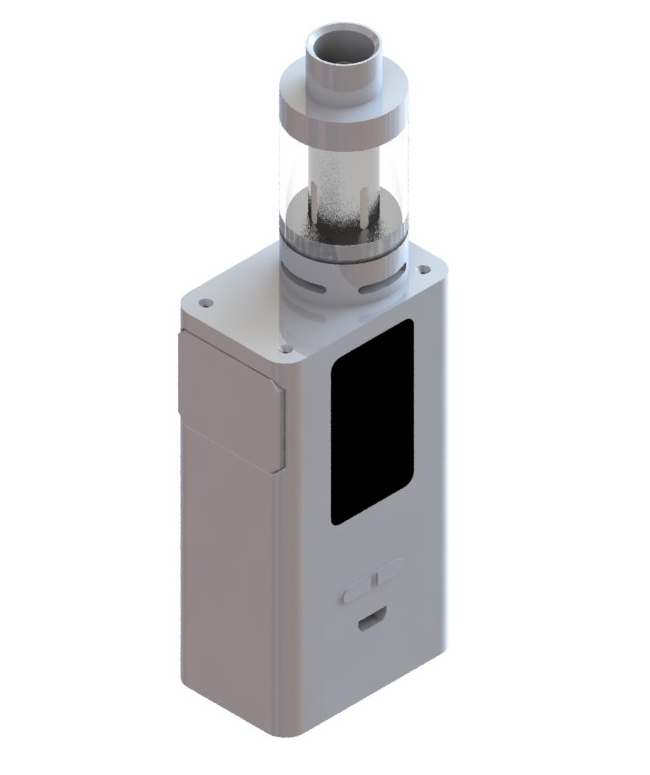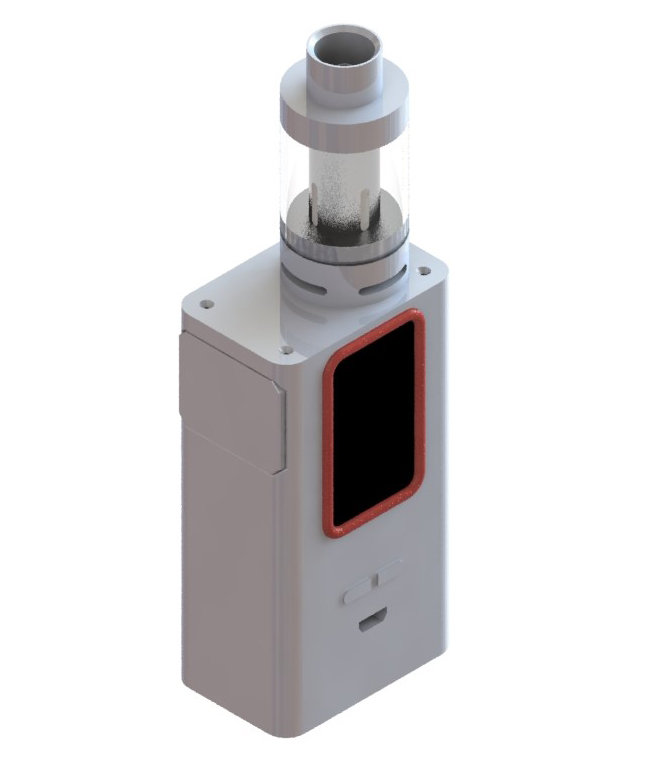Ruggedizing the HMI Display of an E-Cigarette
Challenge
We received a request for information from a customer regarding a consumer product that was experiencing failures in the field. The device, a high-end E-cigarette, had an excessive number of field-returns where customers complained the OLED display was no longer functional.
They also complained that their current supplier was unable to confirm the exact failure mode and root cause, leaving the customer dissatisfied and with few options. They asked us to review the design, failures, and try to draw some conclusions on how to remedy the project. The challenge was to determine the root cause of the failed user interface OLED display and implement a solution.
Solution
The customer provided additional design details along with samples with the failed OLED displays. We confirmed that the E-cigarette user interface was not working properly, specifically the OLED displays were not functional. After further review we determined that the failure mode was physical damage to the display. The next step was for us to study the use case and attempt to duplicate the failure.
We began with drop testing from heights of 1 ft, 2 ft, and 3 ft. In multiple drop orientations we confirmed the OLED displays were being damaged by their consumers’ rough handling. Specifically, drops that landed on the face of the OLED display caused ~80% of the device malfunctions.
The fix was easy, ruggedize the E-cigarette housing to survive mechanical shock and impacts on the OLED display surface.
Result
The proposed redesign featured a modification to the housing adding a thin profile 60 durometer (Shore A scale) overmolded lip around the perimeter of the OLED display that acts as a bumper. This bumper is approximately 4 mm tall and 2.5 mm wide and when dropped on its face, helps reduce the impact load on the OLED display like a shock absorber, protecting the screen.
By using tabulated mechanical material properties, the impact force and resultant compression of the bumper can be calculated. We estimated that when dropped from a height of 3 ft, the bumper will compress less than 0.1 mm during the impact event, which is well within the material’s allowable compression range.
Simulation and analysis can only predict performance, and the best way to confirm the results is to test. Accordingly, drop testing was reperformed and the overmolded lip significantly improved the results of drop testing.
Looking For A Custom HMI Solution?
From design to production, our team of experienced engineers at Epec is here to help you design a production ready user interface solution for your application.
Request a Quote Request Design Support



